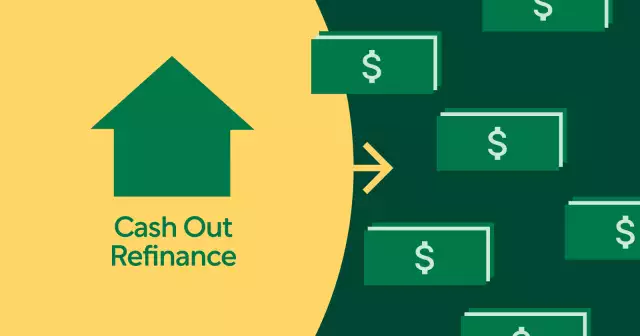Refinancing your mortgage: a 5 step guide
- Establish a specific objective. Have a strong purpose for refinancing. It could involve reducing your monthly payment, shortening the length of your loan, or tapping into your home's equity to make repairs or pay off higher-interest debt. You may also wish to refinance your HELOC.
- Check your credit score. You will need to meet the same qualifications for a refinance as you did for your original mortgage. The higher your credit score, the better refinance rates lenders will offer you and the greater your likelihood of loan approval by underwriters.
- Determine the amount of home equity you have. Your home equity is the difference between the value of your property and the amount you still owe on your mortgage. Check your mortgage statement for your current balance to obtain this number. Then, use internet home search sites or have a real estate professional conduct a study to determine your home's current estimated value. Your equity in your property is the difference between these two figures. For instance, if you owe $250,000 on your property and its worth is $325,000, you have $75,000 in home equity.
- Shop multiple mortgage lenders. Multiple mortgage quotes might save you hundreds of dollars. Once you've selected a lender, discuss the optimal time to lock in your interest rate so you won't have to worry about rates increasing before your loan finishes.
- Get your documentation in order. Gather current pay stubs, federal tax returns, bank statements, and any other documentation requested by the mortgage lender. Your credit score and net worth will also be evaluated by your lender, so declare your assets and liabilities up front.
You can contact us to get more choices



